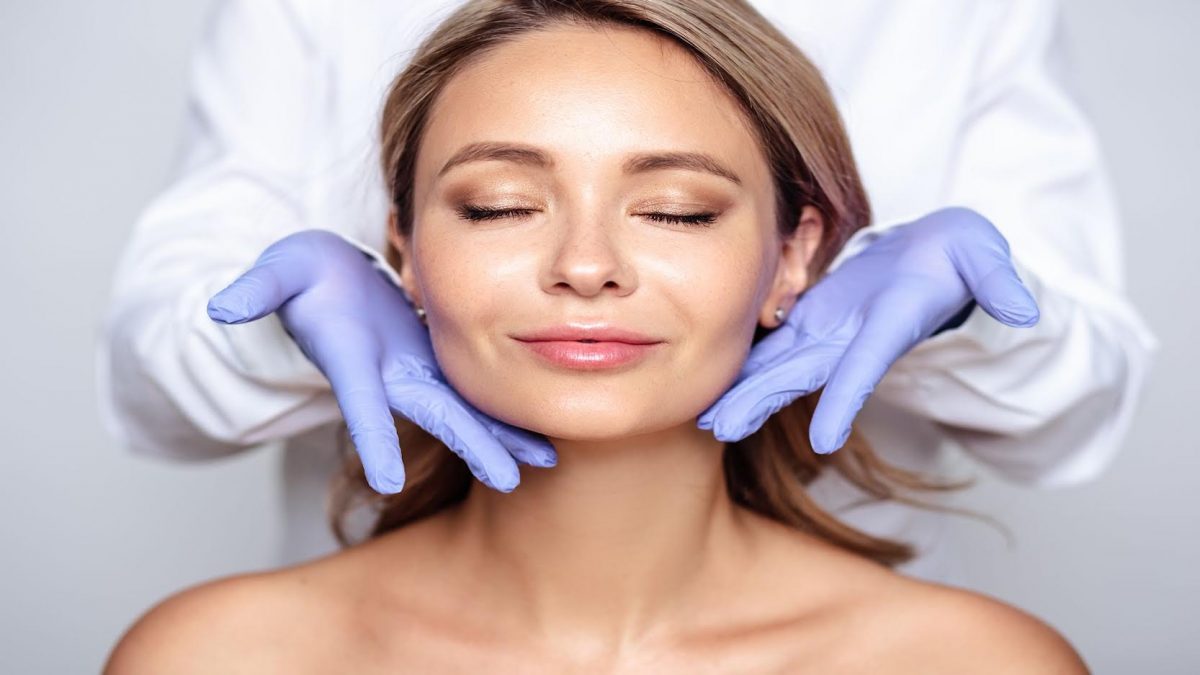Aging may indeed be irreversible and inevitable but everybody desires to possess an eternal young-looking skin. The fast-paced modern era has paved the way for various state-of-the-art skin treatments that rejuvenate the skin, get rid of spots, fine lines, wrinkles, and improve overall texture, and complexion.
It’s imperative to consult a credible dermatologist or cosmetic specialist for a thorough clinical assessment, determine the causes, and find the appropriate procedure for your skin issues, may it be invasive or non-invasive.
For example, using a non-surgical pain-free skin tightening technology to treat aging skin. It penetrates through the skin areas of the face, arms, breasts, buttocks, thighs, and knees – increasing collagen and overall skin density. Take a look at this for more information.
The Skin: Its Key Components To A Good-looking Skin
The skin is the largest and most superficial body organ. Its purposes are to serve as an exterior covering to promote body homeostasis, protect from dust, cold, heat, harmful substances, or pathogens, remove metabolic waste or toxins, regulate body temperature, aid in Vitamin D production, distinguish sensations, and serve as skeletal muscle attachment.
Key components that help in maintaining skin integrity and flawless appearance.
- Collagen: also known as ‘fountain of youth’. It’s the most abundant and essential protein found in your body. It acts as a binding component to the connective tissues, preventing hydration, enhancing skin elasticity, strengthening skin, and promoting smooth and youthful skin.
- Elastin: It’s responsible for the skin’s elasticity. It can return to its actual form after it is stretched due to aging, gaining, or losing weight. Elastin is only made from the fetal to the post-puberty stage. Thus, your skin’s elastic fiber network matures at around 15 to 17 years old.
- Melanin: the hormone responsible for eye, hair, and skin pigmentation. High amounts equate to a darker tone. It’s primarily influenced by genes and sun exposure.
- Keratin: adheres to cells and produces the skin’s external protective covering. These key components are essential in keeping the skin look young, healthy, and smooth.
Certain factors can cause skin texture and uneven complexion. Here are the following:
- Aging is the primary cause of skin texture and uneven complexion. As you age, the skin’s cells, proteins, and structural components degenerate as well. The fiber network disruptions and cellular damage cause reduced overall elasticity, density, and integrity.
- Sun Damage is due to the harmful ultraviolet (UV) rays. Prolonged sun exposure can affect the deeper tissues, collagen and melanin production, and skin blood circulation.
- Hormonal changes happen in youth, adolescent stages, pregnancy, and even in senior years. An increase or decrease in hormone production can affect the skin’s health and appearance.
- Trauma or skin conditions such as acne, burns, infectious insect bites, scars, dermatitis, psoriasis, and eczema can damage the deeper skin layers, affecting collagen, elastin, and keratin production.
Treating the underlying condition or removing the contributing factor is the first step in treating and enhancing your skin. Next would be finding the appropriate skin treatment. Here are the following:
1. Use of Topical Agents
Topical agents can prevent and address skin textures and uneven skin tone. They can be bought over the counter in pharmacies, drug stores, cosmetic stores, and derma clinics. You may ask for medical advice to find the appropriate product for you.
These products may be in liquid form, serums, creams, or lotions. Always read the product labels carefully. They may contain glycolic acid, salicylic acid, retinol, or vitamin C and are applied day and night after facial cleansing.
These key ingredients can promote cellular regeneration and the production of collagen, elastin, and keratin. Dead and damaged cells are removed and repaired to effectively enhance overall skin health and appearance.
2. Skin Laser Therapy
Due to aging, sun damage, and other factors, the skin’s elasticity is greatly reduced. Skin laser therapy uses a specialized infrared light laser that penetrates the skin to help remove dead cells and stimulate healthy cells and collagen production.
This popular treatment can effectively reduce fine lines or wrinkles, treat uneven skin tone, and remove brown marks, dark spots, or scars.
A laser head is directed to your skin during treatment. It may be used in the abdomen, arms, face, and even in the lower extremities. Depending on the type of laser, treatment duration, the severity of the damage, and your skin’s integrity, you may observe mild redness and swelling for a few days.
Some procedures may also require you to stay indoors for a week or so. Each session takes about 15 to 20 minutes.
3. Micro-needling
Micro-needling utilizes small, fine needles that penetrate the skin. It’s believed that the small punctures and micro-injuries stimulate the natural healing process, stimulating collagen, elastin, and keratin. If you opt for this treatment, make sure you go to a certified medical professional for a safe and successful procedure.
4. Skin Ultrasound Therapy
Ultrasound therapy utilizes ultrasound waves that penetrate the inner layers of the skin. Skin texture is usually caused by saggy skin, fine lines, and wrinkles. The generated heat stimulates collagen, elastin, and keratin to address these skin issues. However, this treatment is only effective in mild cases. Another good option to help aid the removal of scars, acne, and remove brown marks is IPL Photo Facials. This amazing treatment usually delivers results within 2 weeks.
5. Microdermabrasion
Microdermabrasion is treatment using exfoliation techniques. It effectively removes dead skin cells which cause uneven skin tone and texture.
See The Difference
Your skin is the body’s first line of defense against harmful environmental factors; thus, it’s prone to damage. Internal factors such as aging and hormonal changes are inevitable and can also greatly affect the overall skin health and appearance.
Nowadays, state-of-the-art treatments can help you prevent and address skin issues such as texture and complexion. Make sure to consult a credible physician, dermatologist, or cosmetic aesthetician to ensure your safety and the treatment’s effectiveness.








